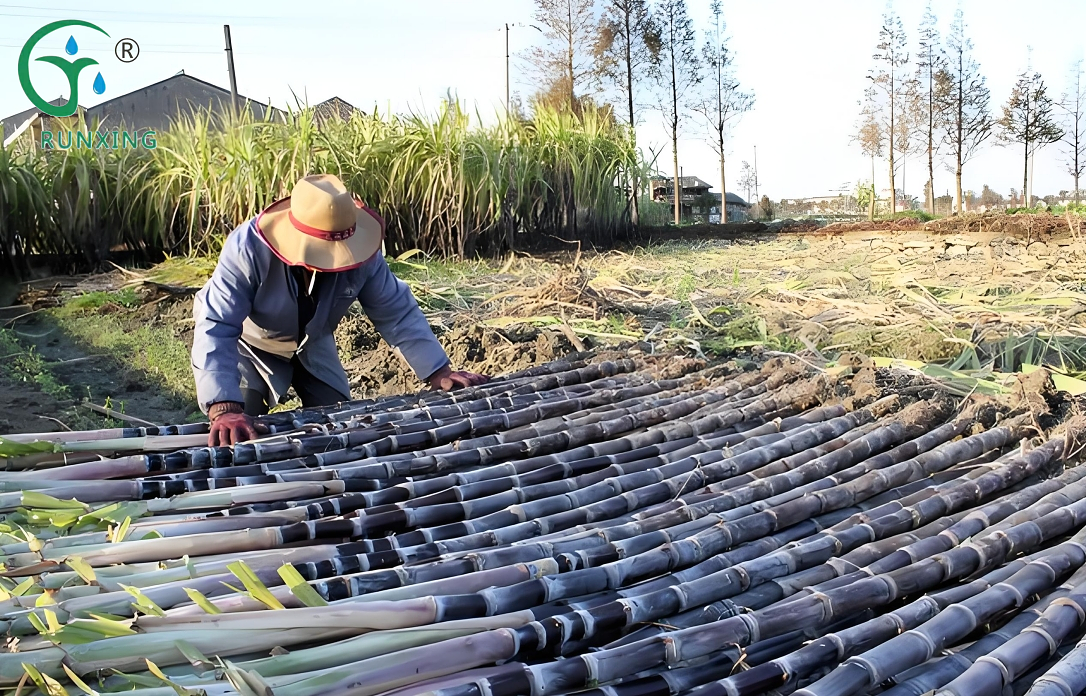A Guide to Sugarcane Cultivation and Drip Irrigation Facilities in South America
In South America, sugarcane stands as a vital economic crop, with its cultivation techniques and management levels directly influencing both yield and quality. Among these, drip irrigation facilities play a crucial role in sugarcane farming. This article delves into whether sugarcane cultivation in South America necessitates drip irrigation facilities, as well as the required drip irrigation equipment, installation methods, and cultivation techniques.

I. Does Sugarcane Cultivation in South America Require Drip Irrigation Facilities?
The answer is yes. In major sugarcane-producing regions of South America, such as Brazil and Colombia, the climate is variable and precipitation is unevenly distributed. Traditional irrigation methods often fail to meet the water and nutrient demands of sugarcane during its growth phase. Drip irrigation facilities, however, can provide water and nutrients precisely and efficiently, promoting the growth and development of sugarcane and enhancing its yield and quality.
II. What Drip Irrigation Equipment is Needed and How Should It be Installed?
A drip irrigation system generally consists of four parts: a water source, a head hub, a water distribution and transmission pipeline network, and water applicators. Here are the specific equipment and installation methods:
Water Source: This can be groundwater, river water, rainwater, etc. In many regions of South America, abundant groundwater resources serve as an ideal water source for drip irrigation in sugarcane fields.
Head Hub: This includes pumps (with motors), fertilization devices, and filtration equipment. These devices are responsible for lifting the water from the source to a certain height and removing impurities through filtration equipment to ensure clean water quality.
Water Distribution and Transmission Pipeline Network: Composed of various levels of water pipelines and fittings, this network is responsible for transporting water to every corner of the sugarcane field.
Water Applicators: These are drip irrigation tapes or drippers that deliver water in the form of droplets near the sugarcane roots.
During installation, it is necessary to design and plan according to the actual conditions of the sugarcane field. Typically, drip irrigation tapes are laid along the sugarcane rows, with drippers set at regular intervals to ensure that water can uniformly and adequately penetrate the sugarcane roots. Additionally, attention should be paid to sealing the connections between pipelines and drippers to prevent water leakage.
III. How to Better Cultivate Sugarcane?
Apart from drip irrigation facilities, sugarcane cultivation also requires attention to the following aspects:
Soil Selection: Sugarcane prefers deep, fertile, loose, and well-drained soil. Before planting, the soil should be improved and fertilized to enhance its fertility and air permeability.
Variety Selection: Choosing sugarcane varieties that are adapted to local climates and soil conditions is crucial for increasing yield. In South America, suitable varieties should be selected based on the climatic characteristics of different regions.
Planting Density: A reasonable planting density can fully utilize resources such as light, water, and nutrients, thereby improving sugarcane yield. Generally, the row spacing for sugarcane should be maintained between 1 and 1.2 meters.
Field Management: This includes weed control, fertilization, pest and disease control, etc. During the growth period, weeds should be removed in a timely manner to reduce nutrient consumption. Additionally, fertilization and pest and disease control measures should be taken based on the growth status of the sugarcane.
IV. Sugarcane Cultivation Tips
Seed Soaking and Germination Promotion: Soak sugarcane seeds in clean water for 1-2 days or in diluted lime water for 12-24 hours to kill pathogens and promote germination.
Temperature Control: During the germination stage, the temperature should be controlled between 20-25°C to promote rapid growth of sugarcane. During the ripening stage, temperatures above 20°C are required, with later temperatures around 13°C being optimal, forming a reasonable temperature difference conducive to sugar formation.
Integrated Water and Fertilizer Management: Combine drip irrigation facilities to achieve integrated water and fertilizer management. Automatically adjust the water and fertilizer ratio according to the growth stage of sugarcane to ensure it receives sufficient and balanced water and nutrient supplies.

In summary, sugarcane cultivation in South America requires the support of drip irrigation facilities. Through reasonable selection and installation of drip irrigation equipment, as well as scientific cultivation techniques and management measures, the yield and quality of sugarcane can be significantly improved, contributing to the agricultural economic development of South America.
If you have any needs, please contact us.
About Us
We are dedicated to offering innovative, water-saving, and labor-saving irrigation solutions for agriculture worldwide. Our focus on quality and continuous innovation drives the development and progress of the industry

